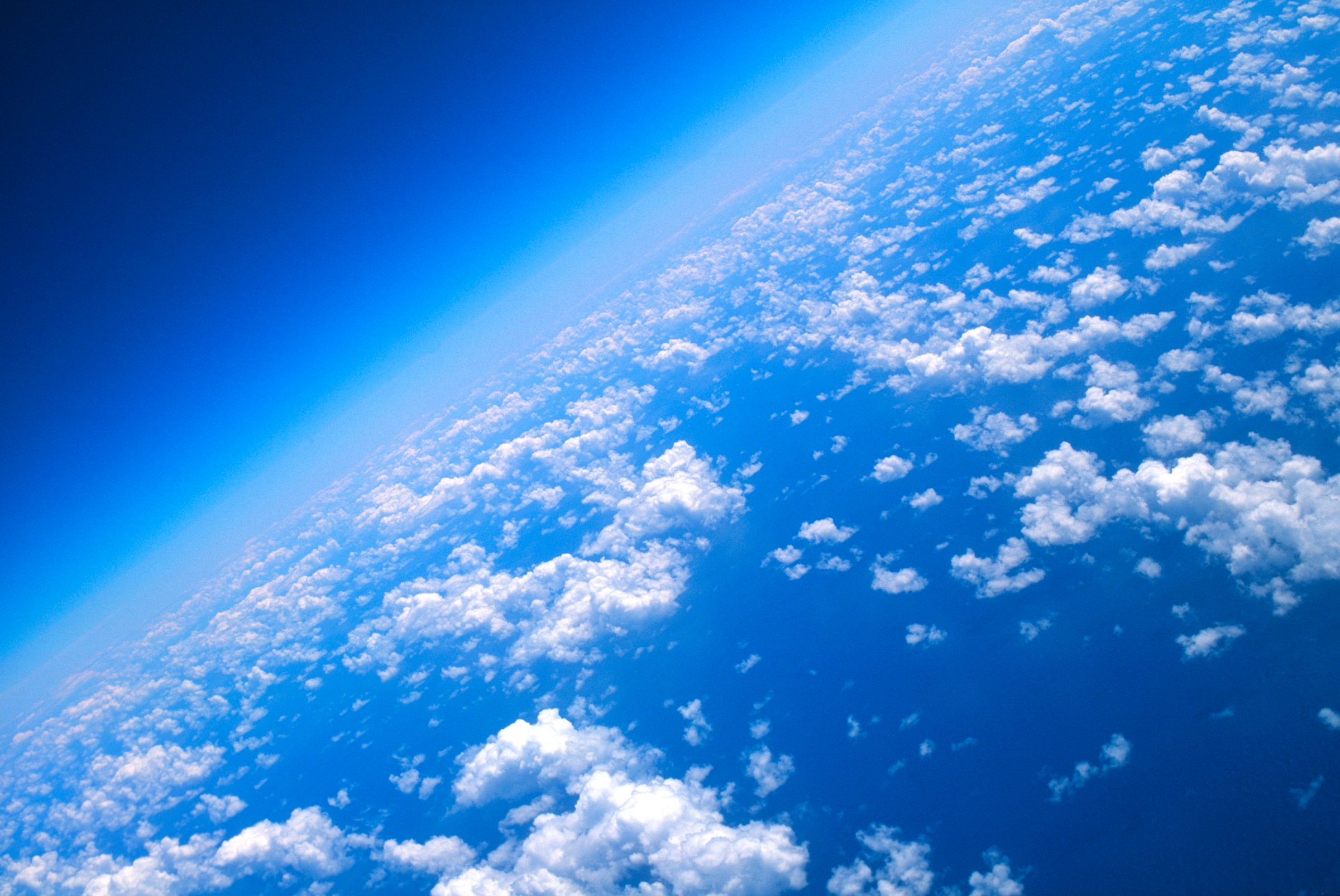
The Antarctic ozone layer is beginning to show signs of healing, according to new research.
The study, published in the journal Science, found that the hole in the ozone layer is closing. The researchers found that the average size of the ozone hole when measured each September has shrunk by more than 1.7 million square miles since 2000.
The scientists credit the 1987 Montreal Protocol, which cut the production of chemicals that damage the ozone layer, with facilitating the healing. “We can now be confident that the things we’ve done have put the planet on a path to heal,” Susan Solomon of the Massachusetts Institute of Technology, who led the team of scientists, said in a statement. “We decided collectively, as a world, ‘Let’s get rid of these molecules’. We got rid of them, and now we’re seeing the planet respond.”
The ozone layer protects the earth from ultraviolet rays but was damaged by chlorofluorocarbon or CFC a compound used in aerosols and insulation foam. The Montreal Protocol called for the elimination of the use of CFCs in manufacturing.
More Must-Reads from TIME
- Breaking Down the 2024 Election Calendar
- How Nayib Bukele’s ‘Iron Fist’ Has Transformed El Salvador
- What if Ultra-Processed Foods Aren’t as Bad as You Think?
- How Ukraine Beat Russia in the Battle of the Black Sea
- Long COVID Looks Different in Kids
- How Project 2025 Would Jeopardize Americans’ Health
- What a $129 Frying Pan Says About America’s Eating Habits
- The 32 Most Anticipated Books of Fall 2024
Write to Tessa Berenson Rogers at tessa.Rogers@time.com